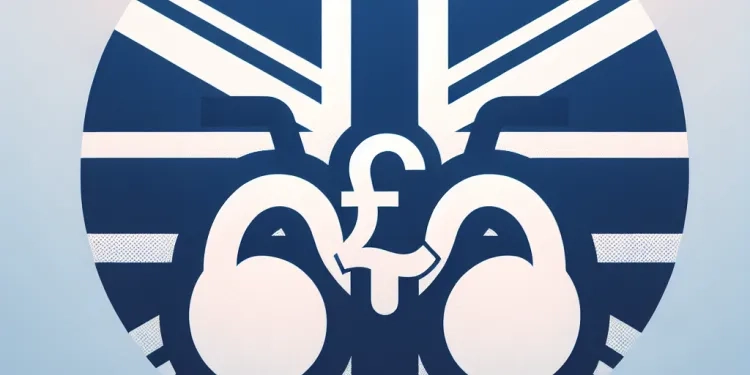
Find Help
More Items From Ergsy search
-

What is testicular cancer?
Relevance: 100%
-

What is testicular cancer?
Relevance: 99%
-

What is testicular cancer?
Relevance: 99%
-
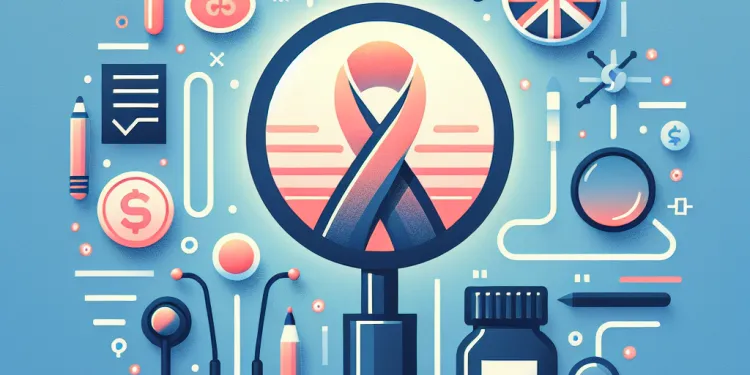
Is testicular cancer treatable?
Relevance: 98%
-

How common is testicular cancer?
Relevance: 96%
-
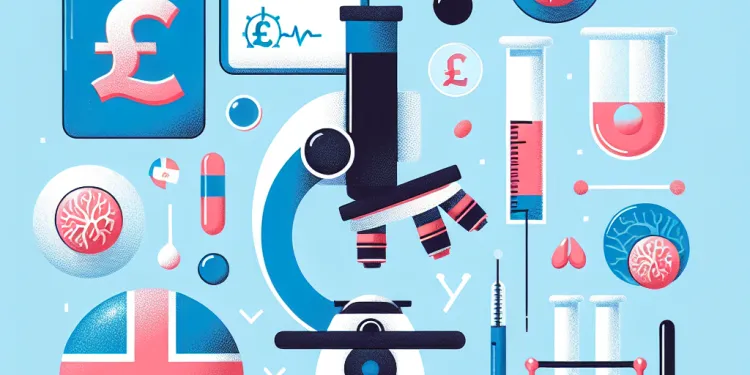
What causes testicular cancer?
Relevance: 96%
-
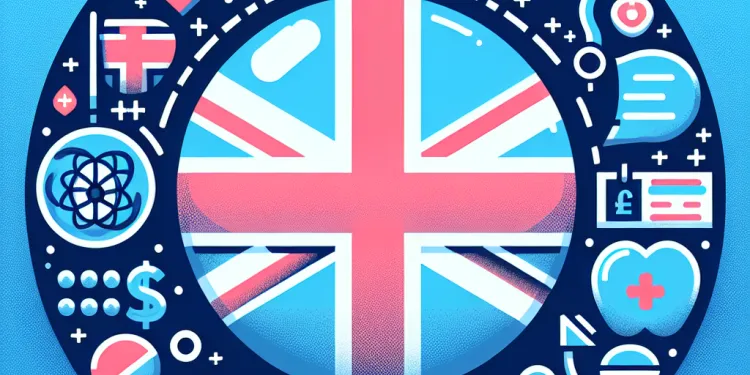
Who is at risk for testicular cancer?
Relevance: 95%
-
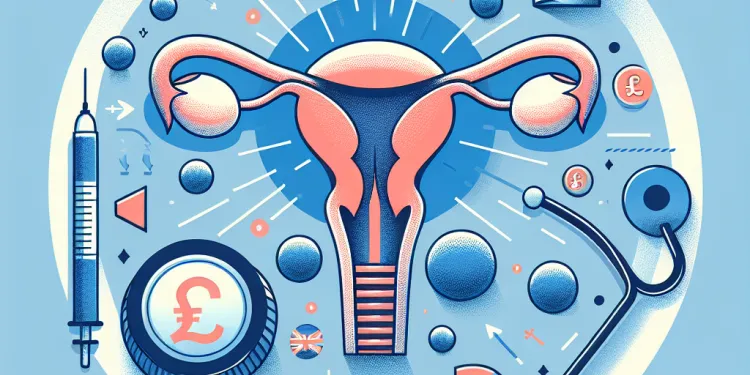
What are the symptoms of testicular cancer?
Relevance: 94%
-

What are the stages of testicular cancer?
Relevance: 94%
-
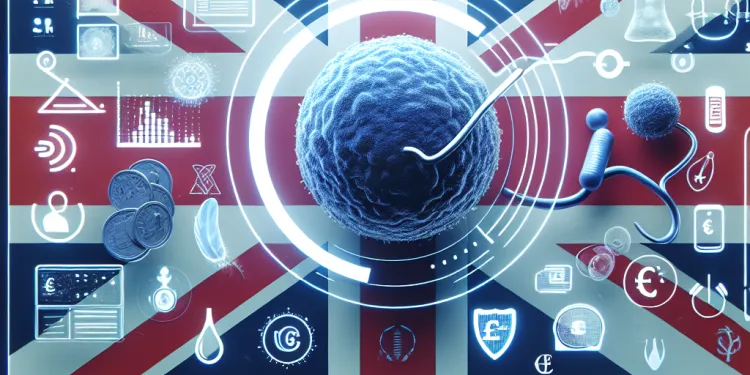
How is testicular cancer diagnosed?
Relevance: 93%
-
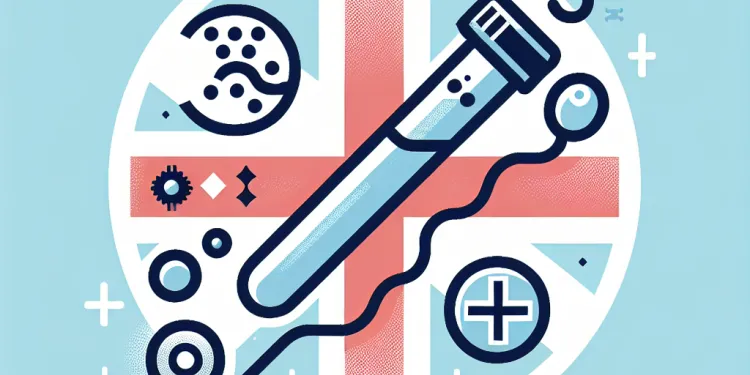
Is fertility affected by testicular cancer?
Relevance: 92%
-

What is the survival rate for testicular cancer?
Relevance: 92%
-
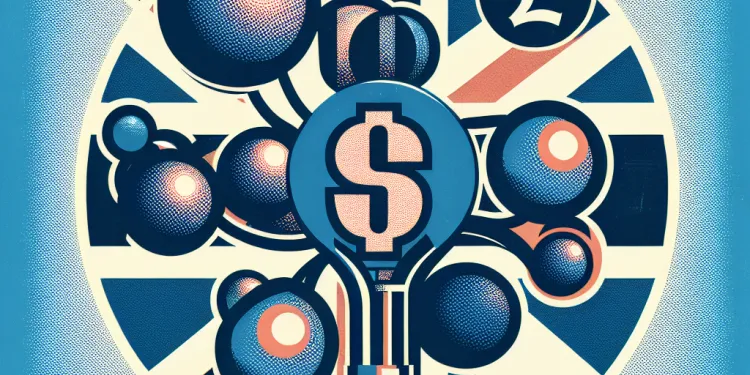
What types of treatments are available for testicular cancer?
Relevance: 89%
-

Are there support groups for those affected by testicular cancer?
Relevance: 87%
-

Can testicular cancer recur after treatment?
Relevance: 87%
-

Can testicular cancer spread to other parts of the body?
Relevance: 87%
-
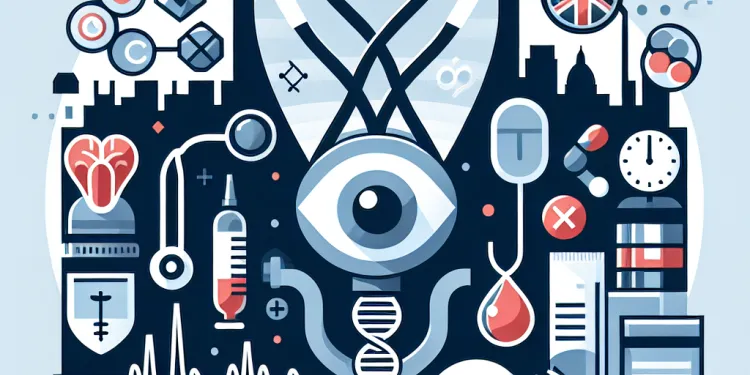
What role do tumor markers play in testicular cancer?
Relevance: 84%
-

Can lifestyle changes help prevent testicular cancer?
Relevance: 84%
-
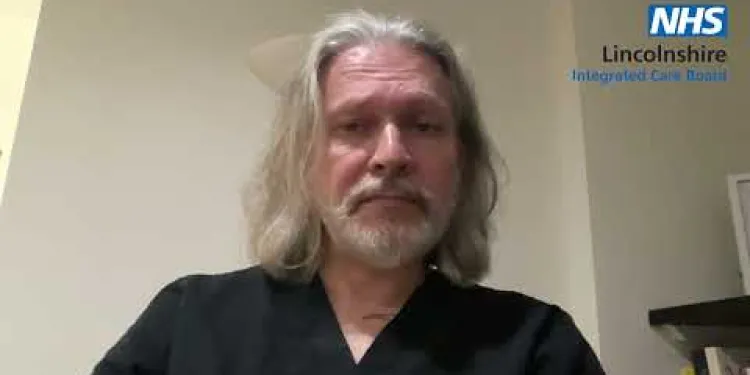
Getting to know your Testicles: Testicular Cancer Awareness with Dr James Howarth, Spilsby Surgery
Relevance: 79%
-

How can I perform a testicular self-exam?
Relevance: 65%
-

When should I see a doctor about potential testicular cancer?
Relevance: 58%
-
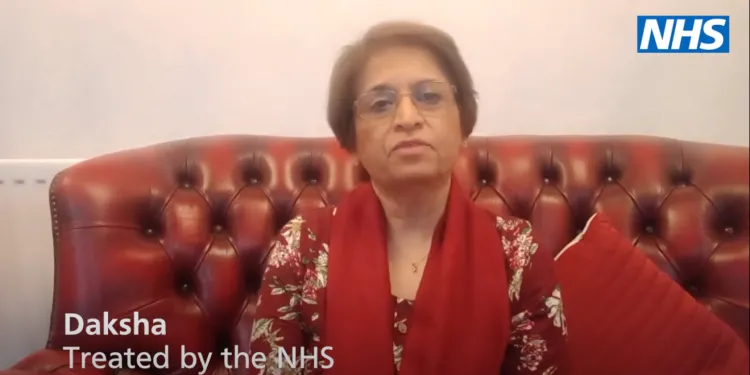
What is Cancer?
Relevance: 38%
-
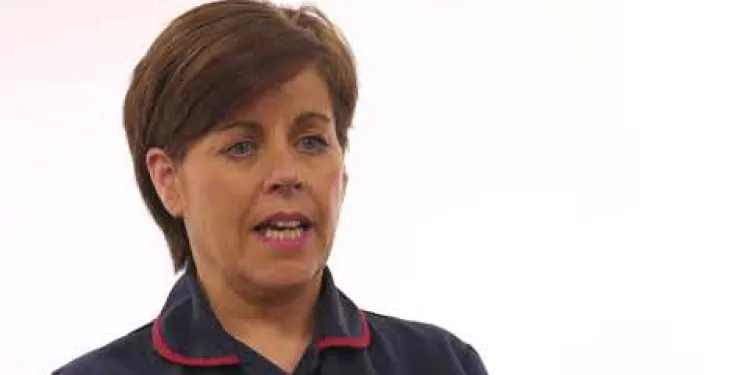
Ovarian Cancer
Relevance: 38%
-
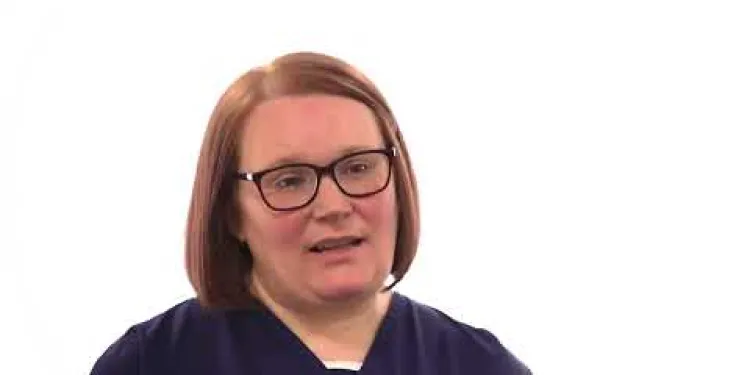
Vaginal Cancer
Relevance: 38%
-
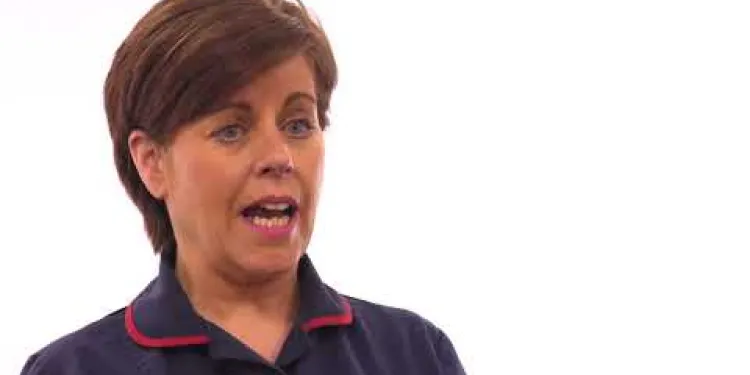
Endometrial Cancer
Relevance: 38%
-
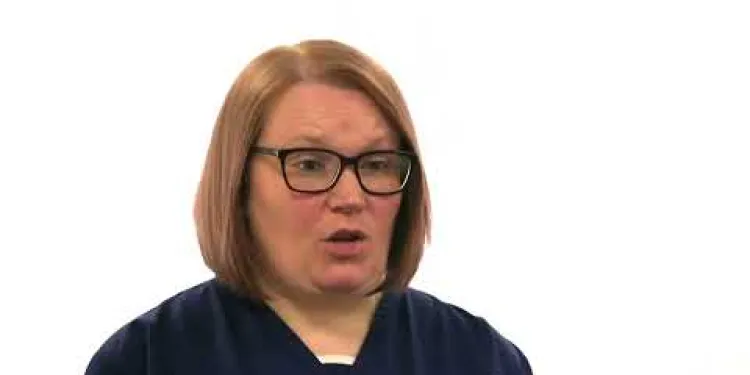
Vulval Cancer
Relevance: 38%
-
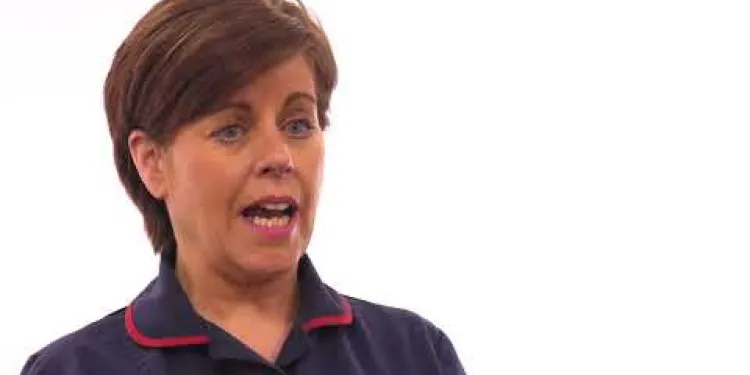
Endometrial Cancer
Relevance: 38%
-
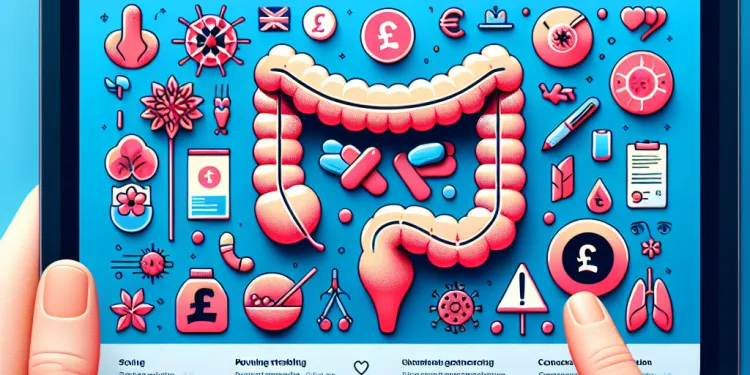
What are the risk factors for bowel cancer?
Relevance: 38%
-
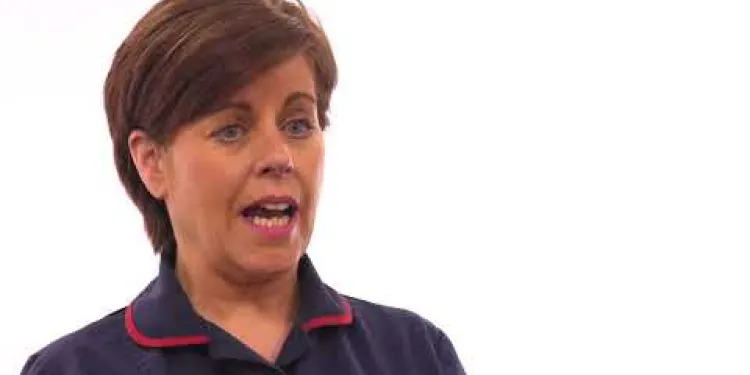
Endometrial Cancer
Relevance: 38%
-
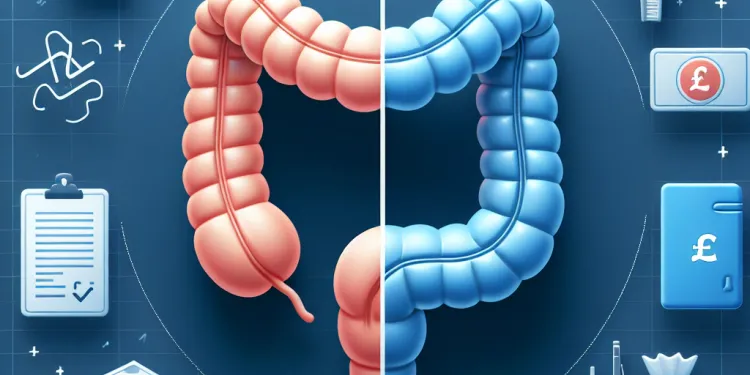
What is the difference between colon cancer and rectal cancer?
Relevance: 37%
-

What is cancer screening?
Relevance: 36%
-
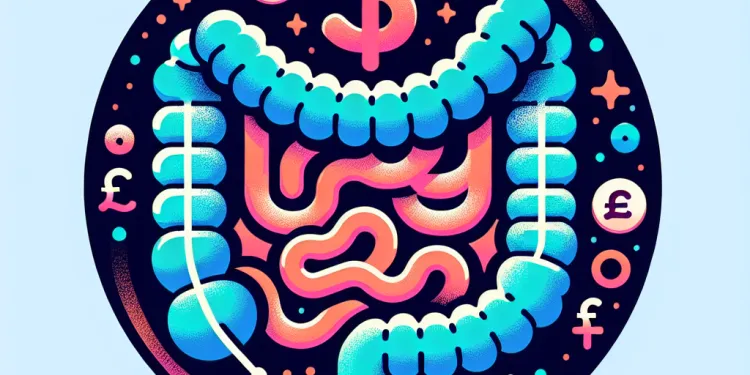
What is colorectal cancer?
Relevance: 36%
-

What is Bowel Cancer?
Relevance: 36%
-
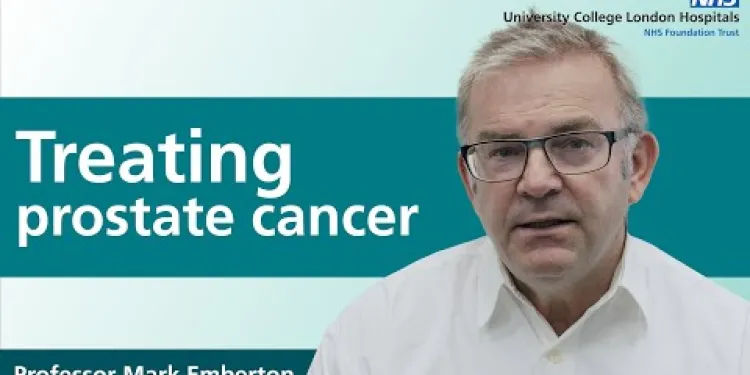
Treating prostate cancer
Relevance: 36%
-
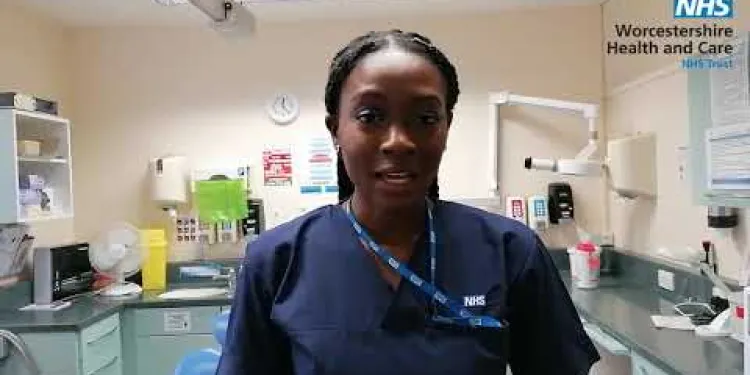
Mouth Cancer Awareness
Relevance: 36%
-

What is Prostate Cancer?
Relevance: 36%
-
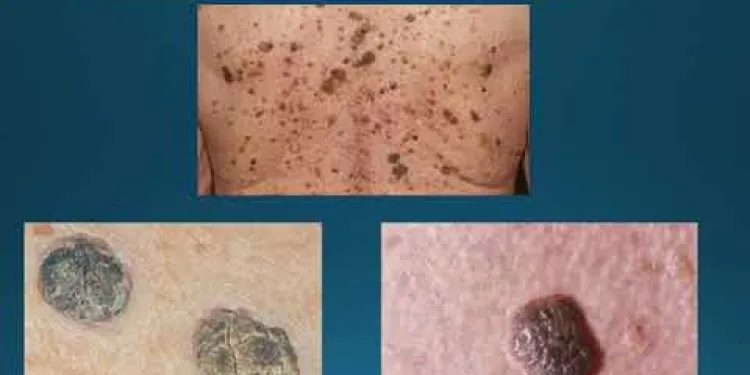
Skin cancer education
Relevance: 36%
-
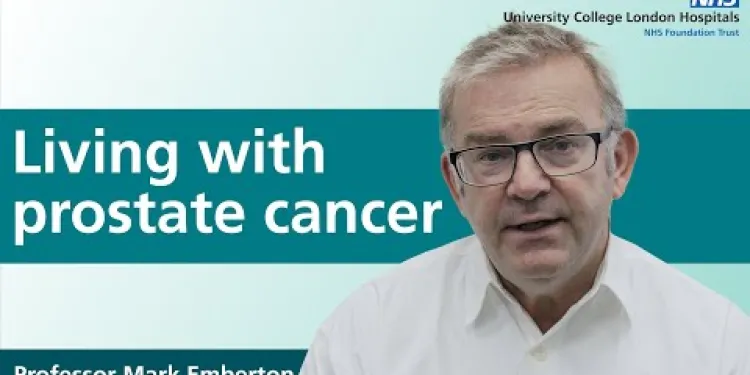
Living with prostate cancer
Relevance: 36%
-
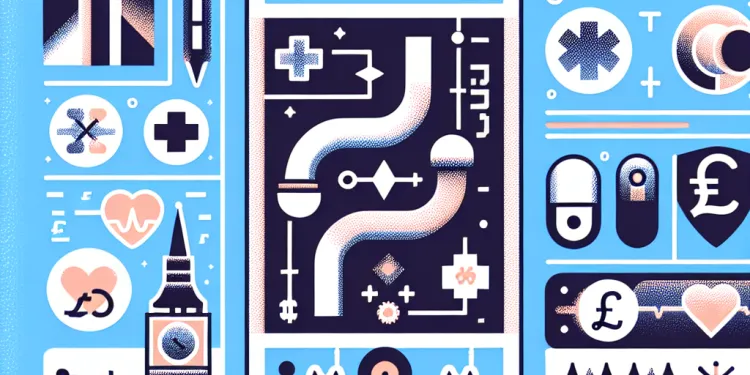
What is Pancreatic Cancer?
Relevance: 36%
-
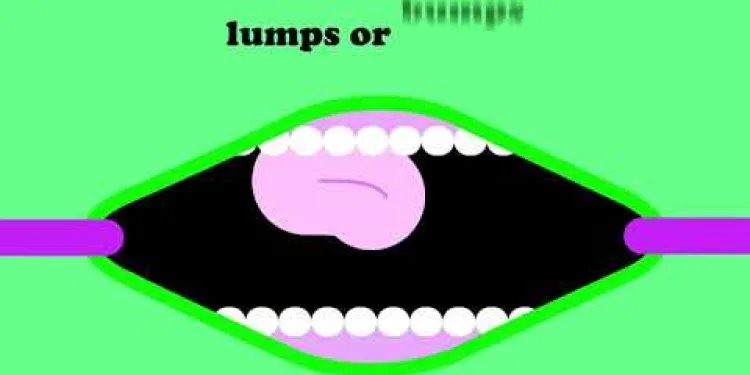
Mouth Cancer Infomercial
Relevance: 36%
What is Testicular Cancer?
Testicular cancer is a type of cancer that begins in the testicles, which are part of the male reproductive system. The testicles are located inside the scrotum, a loose bag of skin underneath the penis. They produce male hormones and sperm. Testicular cancer is relatively rare compared to other cancers but is the most common type of cancer in young men aged 15 to 49 in the UK.
Types of Testicular Cancer
There are two main types of testicular cancer: seminomas and non-seminomas. Seminomas are cancers that grow slowly and are usually found in men in their 30s and 40s. Non-seminomas are more common in younger men and tend to grow and spread faster. In some cases, both types can occur together.
Symptoms
The most common symptom of testicular cancer is a lump or swelling in one of the testicles. Other symptoms may include a feeling of heaviness in the scrotum, a dull ache in the abdomen or groin, a sudden collection of fluid in the scrotum, and discomfort or pain in a testicle or the scrotum. It's important to note that these symptoms can also be caused by conditions other than cancer.
Causes and Risk Factors
The exact cause of testicular cancer is not known, but several factors may increase a man's risk. These include having an undescended testicle, a family history of testicular cancer, and certain genetic conditions. Men who are HIV positive also have a higher risk. However, many men with testicular cancer do not have any known risk factors.
Diagnosis
Testicular cancer is usually diagnosed through a physical examination, ultrasound of the testicles, and blood tests to measure tumour markers. If cancer is suspected, the affected testicle may be surgically removed and tested for cancer cells. This procedure is called an orchidectomy.
Treatment
Treatment options for testicular cancer generally include surgery, radiation therapy, and chemotherapy. The choice of treatment depends on the type and stage of cancer. Surgery to remove the affected testicle is usually the first step. Further treatment may be needed to prevent the spread of cancer or to treat cancer that has metastasized.
Prognosis and Survival Rates
Testicular cancer is one of the most treatable and curable types of cancer. The survival rates are excellent, especially when the cancer is detected early. Even in cases where cancer has spread, more than 95% of men with testicular cancer are cured with treatment.
Preventative Measures
There is no known way to prevent testicular cancer, but early detection is key in successful treatment. Men are encouraged to perform regular testicular self-examinations to detect any changes early. If any unusual lumps or changes are found, it is crucial to see a doctor as soon as possible.
What is Testicular Cancer?
Testicular cancer is when cells in the testicles grow uncontrollably. The testicles are part of the male body that make sperm. They are in a bag of skin called the scrotum, below the penis. Testicular cancer is not very common, but it is the type of cancer that young men in the UK get most often.
Types of Testicular Cancer
There are two main types of testicular cancer. The first type is seminomas. They grow slowly and usually happen in men in their 30s and 40s. The second type is non-seminomas. These happen in younger men and grow faster. Sometimes, both types can occur together.
Symptoms
The most common sign of testicular cancer is a lump or swelling in a testicle. You might also feel a heavy feeling in the scrotum, a dull ache in the belly or groin, sudden fluid in the scrotum, or pain in a testicle or scrotum. These signs can also be caused by other things, not just cancer.
Causes and Risk Factors
We do not know what exactly causes testicular cancer. Some things can make it more likely. These include having a testicle that didn’t move down into the scrotum, having family members with testicular cancer, and some genetic conditions. Men with HIV also have more risk. But many men who get testicular cancer do not have these risks.
Diagnosis
Doctors check for testicular cancer with a physical exam, ultrasound, and blood tests. If they think you have cancer, they might need to remove the testicle and test it. This surgery is called an orchidectomy.
Treatment
The main treatments for testicular cancer are surgery, radiation therapy, and chemotherapy. What treatment you need depends on the type and stage of the cancer. The first step is usually surgery to take out the testicle with cancer. More treatment might be needed to stop cancer from spreading.
Prognosis and Survival Rates
Testicular cancer is one of the easiest cancers to treat and cure. Many men are cured, especially if the cancer is found early. Even if cancer has spread, more than 95 out of 100 men are cured with treatment.
Preventative Measures
There is no sure way to stop testicular cancer from happening. But finding it early is very important. Men should check their own testicles regularly to notice any changes. If you find any lumps or changes, see a doctor right away.
Frequently Asked Questions
What is testicular cancer?
Testicular cancer is a type of cancer that originates in the testicles, which are the male reproductive organs located in the scrotum.
What are the symptoms of testicular cancer?
Common symptoms include a lump or swelling in the testicle, a feeling of heaviness in the scrotum, or a dull ache in the abdomen or groin.
How common is testicular cancer?
Testicular cancer is relatively rare compared to other cancers, but it is the most common cancer in young men aged 15 to 35.
What causes testicular cancer?
The exact cause of testicular cancer is unknown, but risk factors include undescended testicles, family history of testicular cancer, and certain genetic conditions.
How is testicular cancer diagnosed?
Diagnosis typically involves a physical examination, ultrasound of the testicles, and blood tests to check for tumor markers.
Is testicular cancer treatable?
Yes, testicular cancer is highly treatable, especially when detected early. Treatment options include surgery, radiation, and chemotherapy.
What are the stages of testicular cancer?
Testicular cancer is staged from I to III, with stage I being localized to the testicle and stage III indicating spread to other parts of the body.
Can testicular cancer spread to other parts of the body?
Yes, like many cancers, testicular cancer can metastasize, or spread, primarily to the lymph nodes, lungs, liver, and other organs.
What is the survival rate for testicular cancer?
The five-year survival rate for testicular cancer is very high, roughly 95%, due to effective treatment options.
Who is at risk for testicular cancer?
Men between the ages of 15 and 35, especially those with a family history of the disease or with undescended testicles, are at a higher risk.
How can I perform a testicular self-exam?
A testicular self-exam involves gently rolling each testicle between your fingers to feel for any lumps, swelling, or changes from the normal consistency.
When should I see a doctor about potential testicular cancer?
You should see a doctor if you notice any unusual lumps, enlargement, or persistent pain in your testicles or groin.
What is a seminoma?
Seminoma is a type of germ cell tumor that generally grows slower than non-seminomas and is one of the two main types of testicular cancer.
What role do tumor markers play in testicular cancer?
Tumor markers such as AFP, HCG, and LDH can help diagnose testicular cancer and monitor response to treatment.
Can lifestyle changes help prevent testicular cancer?
While there is no guaranteed way to prevent testicular cancer, regular testicular self-exams and avoiding risk factors such as exposure to certain chemicals can be beneficial.
Is fertility affected by testicular cancer?
Testicular cancer and its treatments can affect fertility, so patients may consider sperm banking before treatment.
Can testicular cancer recur after treatment?
While many men are cured after treatment, testicular cancer can recur, making follow-up appointments critical for monitoring.
What types of treatments are available for testicular cancer?
Treatment options include orchiectomy (surgical removal of the testicle), chemotherapy, radiation therapy, and sometimes stem cell transplants.
What's the difference between seminomas and non-seminomas?
Seminomas are slower-growing and more sensitive to radiation, while non-seminomas grow more quickly and may require more aggressive treatment.
Are there support groups for those affected by testicular cancer?
Yes, there are numerous support groups and resources available for patients and their families to help them navigate the emotional and physical challenges of testicular cancer.
What is testicular cancer?
Testicular cancer is when bad cells grow in the testicles. Testicles are part of the male body. They make sperm and hormones.
Here are some ways to make reading easier: - Use pictures or videos to help understand. - Ask someone to read it with you. - Break the information into small bits.
Testicular cancer is a kind of sickness that starts in the testicles. The testicles are part of the male body and are found in a pouch called the scrotum.
What are the signs of testicular cancer?
Testicular cancer means there is a problem in a man's testicles. These are small organs that make sperm. Here are some signs to look out for:
- A lump or bump on a testicle.
- A feeling of heaviness in the scrotum (the bag that holds the testicles).
- Pain or ache in the lower belly or in the testicles.
- Swelling or changes in size of a testicle.
- Feeling tired for no reason.
If you see or feel any of these signs, talk to a doctor. Looking up pictures can help you understand what to look out for. You might also find it helpful to watch videos about testicular cancer symptoms.
Signs you might notice are a lump or bump in the testicle, feeling like your scrotum is heavy, or a dull pain in your belly or groin.
Is testicular cancer common?
Testicular cancer does not happen very often. But, it is the most common type of cancer in young men who are 15 to 35 years old.
What can make a person get testicular cancer?
Testicular cancer happens when cells in the testicles grow wrong.
Doctors do not always know why people get it. Some things can make it more likely to happen, like:
- Being born with testicles that did not come down into the scrotum
- Having family members who had testicular cancer
- Being a white man
If you want to learn more about testicular cancer, you can:
- Ask your doctor to explain it to you
- Look at simple health websites
- Ask someone to read with you
No one knows for sure what causes testicular cancer. But some things can make it more likely to happen:
- Testicles that did not move down when a boy was young.
- If someone in your family had testicular cancer.
- Having certain changes in your genes.
If you want to learn more, you can ask a doctor or use a simple online tool, like a picture or video, to help understand better.
How do doctors find out if someone has testicular cancer?
To find out what's wrong, doctors usually do a check-up. They look at the body, use a special camera called ultrasound to look at the testicles, and do blood tests to look for signs of a tumor.
Can you get better from testicular cancer?
Yes, you can get better from testicular cancer. Doctors have special ways to help. It's important to see a doctor if you feel something is wrong.
If you need help understanding, you can ask someone you trust to explain it to you. You can also use pictures or videos that explain how doctors help people with testicular cancer.
Yes, testicular cancer can be treated well. It is best to find it early. Doctors can help with surgery, radiation, and chemotherapy.
What happens in each step of testicular cancer?
Testicular cancer goes through different steps. Here is what happens in each step:
- Step 1: Cancer is only in the testicle. It has not spread.
- Step 2: Cancer has spread to nearby places, like the lymph nodes in the belly.
- Step 3: Cancer has spread to other parts of the body, like the lungs or the liver.
If you find it hard to remember these steps, you can try using pictures or make a simple drawing to help understand. Talking with a doctor can also give you more help.
Testicular cancer has three stages: I, II, and III. Stage I means the cancer is only in the testicle. Stage III means the cancer has spread to other parts of the body.
Can testicular cancer move to other parts of the body?
Yes, testicular cancer can move to other parts of the body. This is called spreading or metastasis.
If the cancer spreads, doctors can find it using special tests. Doctors might use scanning machines like X-rays or MRI to see inside the body.
If you want to learn more or need help understanding this, you can:
- Ask your doctor questions.
- Use picture books or videos about testicular cancer.
- Talk to someone who helps people understand medical words.
Yes, testicular cancer can spread to other parts of the body. It can move to places like the lymph nodes, lungs, liver, and other organs.
If you or someone you know has concerns about this, it can help to talk to a doctor. Using pictures or videos can also make it easier to understand. Reading together with someone or using an audio reader can also be helpful.
How many people get better from testicular cancer?
If you get testicular cancer, there is a very good chance you will be okay. Most people (95 out of 100) live for at least five years because doctors have good ways to treat it.
Who can get testicular cancer?
Men who are 15 to 35 years old have a bigger chance of getting sick. This is even more true if their family has had the disease before or if they have testicles that did not drop down like they should.
How do I check my testicles myself?
To check your testicles, use your fingers to gently roll each one. You should feel for any bumps, swelling, or changes that don't feel the same as usual.
When should I talk to a doctor about testicular cancer?
If you feel a lump or bump in your testicle, talk to a doctor. It could be important.
If you have pain in your testicle, tell a doctor. They can help.
If your testicle is bigger or different, see a doctor.
Doctors can check to see if you need more help.
You can ask a friend or family member to come with you. They can support you.
Go to the doctor if you find any strange bumps, swelling, or if your testicles or groin hurt for a long time.
What is a seminoma?
A seminoma is a type of cancer. It starts in the testicles. Testicles are part of a man's body. They make sperm.
If you need help reading this, you can:
- Ask someone to read it with you.
- Use a text-to-speech tool to listen to it.
- Try reading with a ruler to keep your place.
Seminoma is a kind of lump in the testicles. It often grows slower than another type of lump called non-seminoma. Seminoma is one of the main types of testicular cancer.
What do tumor markers do in testicular cancer?
Tumor markers are special things in your blood. They help doctors understand if you have testicular cancer. These markers show up in your blood when you have this type of cancer.
If you are trying to understand this, you can:
- Ask a doctor or nurse to explain it to you.
- Use simple pictures or videos about testicular cancer.
- Read with someone who can help explain the words.
There are special proteins called tumor markers that help doctors. Some important ones are AFP, HCG, and LDH. These can show if a person might have testicular cancer. They also help doctors see if the treatment is working.
Here are some ways to make reading easier:
- Use a ruler or piece of paper to follow along the lines.
- Read one sentence at a time. Take breaks if needed.
- Ask someone to read with you. They can help with tricky words.
Can changing what you do every day stop testicular cancer?
Testicular cancer is when bad cells grow in the part of a boy's body called the testicles.
Doing healthy things each day might help lower the chance of getting testicular cancer:
- Eat lots of fruits and vegetables.
- Move your body with exercise.
- Don't smoke.
- Visit the doctor for check-ups.
It's also important to know what is normal for your body. This can help you notice changes early.
If you have questions or worries, talk to a doctor. They can help you understand more.
You can't always stop testicular cancer from happening. But doing some things can help. Checking your testicles yourself often is good. Stay away from bad chemicals too, if you can.
Can testicular cancer make it hard to have babies?
Testicular cancer can make it hard to have babies. The treatments for the cancer can also make it hard to have babies. Before treatment, some people choose to save their sperm in a special bank. This is called sperm banking.
Can testicular cancer come back after treatment?
Yes, testicular cancer can come back even after you have had treatment. But doctors can help.
If you are worried, talk to your doctor. They will check you and help if needed.
Try making notes or using pictures to remember what the doctor says. Ask questions if you do not understand.
Lots of men get all better after treatment, but testicular cancer can come back. This is why going to check-up appointments is very important.
What are the treatments for testicular cancer?
Treatments help you get better if you have testicular cancer. Here are some treatments doctors might use:
- Surgery: Doctors take out the cancer during an operation. This helps stop it from spreading.
- Chemotherapy: Medicine that kills cancer cells. You might take it as pills or through a drip.
- Radiation Therapy: Strong rays are used to kill cancer cells.
If you find it hard to understand, you can ask a doctor or nurse to explain these treatments. It's okay to ask questions. You can also bring a family member or friend to help you understand better.
Treatment options include taking out the testicle with surgery, using medicine to kill cancer cells (called chemotherapy), using strong rays to kill cancer cells (called radiation therapy), and sometimes, putting new healthy cells into the body (called stem cell transplants).
How are seminomas and non-seminomas different?
Semenomas and non-seminomas are two types of testicular cancer.
Semenomas:
- Grow slowly.
- Usually affect men in their 30s and 40s.
- Can be treated easily.
Non-seminomas:
- Grow faster.
- Common in younger men, in their late teens and early 20s.
- May need more than one kind of treatment.
If you need help understanding this, you can:
- Ask someone to explain it to you.
- Use pictures to help you learn.
- Take your time to read it slowly.
Seminomas grow slowly and can be treated with radiation. Non-seminomas grow fast and need strong treatment.
Is there help for people with testicular cancer?
Yes, there are groups that can help. These groups let you talk to others with the same illness. This can make you feel better.
Here are some things that can help:
- Join a support group to meet others.
- Talk to a doctor or nurse for advice.
- Look online for videos and stories about people with the same condition.
Yes, there are many support groups and resources to help people with testicular cancer and their families. These groups help with the feelings and challenges that come with the illness.
Useful Links
- Ergsy carfully checks the information in the videos we provide here.
- Videos shown by Youtube after a video has completed, have NOT been reviewed by ERGSY.
- To view, click the arrow in centre of video.
- Most of the videos you find here will have subtitles and/or closed captions available.
- You may need to turn these on, and choose your preferred language.
- Go to the video you'd like to watch.
- If closed captions (CC) are available, settings will be visible on the bottom right of the video player.
- To turn on Captions, click settings .
- To turn off Captions, click settings again.
More Items From Ergsy search
-

What is testicular cancer?
Relevance: 100%
-

What is testicular cancer?
Relevance: 99%
-

What is testicular cancer?
Relevance: 99%
-

Is testicular cancer treatable?
Relevance: 98%
-

How common is testicular cancer?
Relevance: 96%
-

What causes testicular cancer?
Relevance: 96%
-

Who is at risk for testicular cancer?
Relevance: 95%
-

What are the symptoms of testicular cancer?
Relevance: 94%
-

What are the stages of testicular cancer?
Relevance: 94%
-

How is testicular cancer diagnosed?
Relevance: 93%
-

Is fertility affected by testicular cancer?
Relevance: 92%
-

What is the survival rate for testicular cancer?
Relevance: 92%
-

What types of treatments are available for testicular cancer?
Relevance: 89%
-

Are there support groups for those affected by testicular cancer?
Relevance: 87%
-

Can testicular cancer recur after treatment?
Relevance: 87%
-

Can testicular cancer spread to other parts of the body?
Relevance: 87%
-

What role do tumor markers play in testicular cancer?
Relevance: 84%
-

Can lifestyle changes help prevent testicular cancer?
Relevance: 84%
-

Getting to know your Testicles: Testicular Cancer Awareness with Dr James Howarth, Spilsby Surgery
Relevance: 79%
-

How can I perform a testicular self-exam?
Relevance: 65%
-

When should I see a doctor about potential testicular cancer?
Relevance: 58%
-

What is Cancer?
Relevance: 38%
-

Ovarian Cancer
Relevance: 38%
-

Vaginal Cancer
Relevance: 38%
-

Endometrial Cancer
Relevance: 38%
-

Vulval Cancer
Relevance: 38%
-

Endometrial Cancer
Relevance: 38%
-

What are the risk factors for bowel cancer?
Relevance: 38%
-

Endometrial Cancer
Relevance: 38%
-

What is the difference between colon cancer and rectal cancer?
Relevance: 37%
-

What is cancer screening?
Relevance: 36%
-

What is colorectal cancer?
Relevance: 36%
-

What is Bowel Cancer?
Relevance: 36%
-

Treating prostate cancer
Relevance: 36%
-

Mouth Cancer Awareness
Relevance: 36%
-

What is Prostate Cancer?
Relevance: 36%
-

Skin cancer education
Relevance: 36%
-

Living with prostate cancer
Relevance: 36%
-

What is Pancreatic Cancer?
Relevance: 36%
-

Mouth Cancer Infomercial
Relevance: 36%


